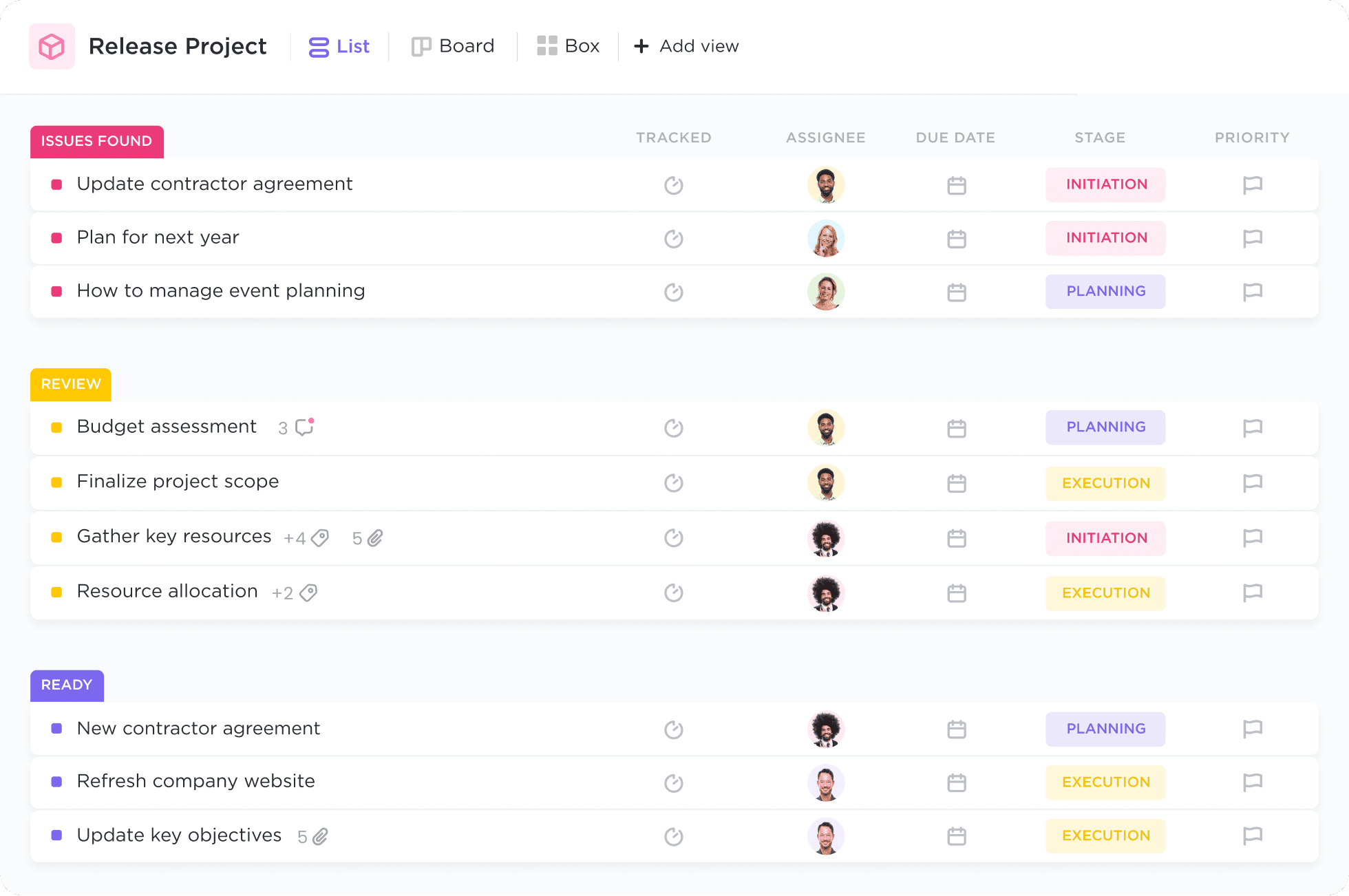How To Create A ClickUp Business Account
Did you know that project management tools are essential for efficient and effective project management? As businesses and project teams become more complex, it's increasingly difficult to manage all the moving parts of a project without proper tools. Fortunately, there are many project management tools on the market that can help you manage your projects efficiently while reducing your stress levels. In this post, we'll explore the best project management tools, their features, and benefits.

How to Choose the Best Project Management Tool
Choosing the right project management tool is not easy, given the variety of options available in the market. Start by defining your project management needs and objectives, and then evaluate the tools that align with your requirements. Here are some factors to consider when choosing the best project management tool.
1. User Interface
The user interface is a critical factor in project management tools. You shouldn't have to waste time trying to figure out how the tool works. Instead, go for a tool with a clean and intuitive interface that makes it easy to navigate through the features.
2. Collaboration Features
A robust collaboration feature is an essential component of project management tools. The tool you select should have features such as team management, real-time chat, and file sharing that enhance collaboration among team members.
3. Task Management
The project management tool should have features that enable task management. These features can include setting project milestones, timeline management, task dependencies, and progress tracking.
4. Reporting Capabilities
The project management tool should have a robust reporting and analytics feature that allows you to track project metrics such as budget, time, and scope. It's important to be able to track progress in real-time to identify potential issues before they become problems.
5. Integrations
The project management tool should integrate easily with other tools you use, such as email, CRM, and accounting software. This integration will streamline your workflow and provide a seamless experience.
Step By Step Guide to Selecting the Best Project Management Tool
Step 1: Identify Your Project Management Needs and Objectives
The first step in selecting the best project management tool is to identify your project management needs and objectives. Clearly define what you're trying to achieve and identify the essential features you'll need in the tool.
Step 2: Research Available Project Management Tools
Now that you have identified your project management needs and objectives, it's time to research available project management tools that align with your requirements. Check out the features, pricing, and reviews of tools you're interested in to determine which one aligns with your needs and budget.
Step 3: Evaluate the Shortlisted Tools
Narrow down your list to a few project management tools that meet your requirements, based on research conducted in step 2. Test these tools by trying out their demos, taking advantage of the free trials, and soliciting feedback from other users. This process will help you determine the best tool for your project.
Step 4: Make a Decision and Implement the Chosen Tool
After evaluating the shortlisted tools, select the best project management tool that meets your needs and implement it. Notify your team and provide them with training on how to use the tool. Make sure you define your project management process using the tool, including timelines, milestones, and deliverables.
Tips for Using Project Management Tools Effectively
TIP 1: Keep Your Project Management Tool Clean
A cluttered project management tool can lead to confusion and inefficiency. Keep your tool clean by archiving completed projects, deleting unused tags and categories, and keeping a consistent naming convention. This will make it easier to navigate the tool and find what you need quickly.
TIP 2: Set Deadlines and Reminders
Deadlines and reminders are essential for effective project management. Set deadlines for your tasks and use the reminder feature to stay on-task. This will help you stay organized and on schedule.
TIP 3: Use the Collaboration Features Effectively
The collaboration features in project management tools are essential for enhancing teamwork and communication. Use this feature to assign tasks, communicate with team members, and share files. This will help minimize the communication gap among team members.
TIP 4: Track Project Progress Regularly
Tracking project progress regularly provides you with insights into potential issues and challenges that may arise. Use the reporting and analytics feature in your project management tool to monitor progress in real-time. Based on insights obtained, you may need to update your project plan to align with the progress made so far.
TIP 5: Keep Supporting Documents Organized
Project-related documents can pile up quickly, making it difficult to search for specific documents. Keep all supporting documents well-organized in the project management tool by creating a dedicated folder or using tags to categorize them. This will help you quickly access the documents at any point in the project management process.
In conclusion, selecting the right project management tool is critical for efficient and effective project management. Identify your needs, research and evaluate tools, and choose the best project management tool for your needs. Additionally, by using these tools effectively, you can improve your project efficiency and success rate while reducing your stress levels.

Post a Comment for "How To Create A ClickUp Business Account"